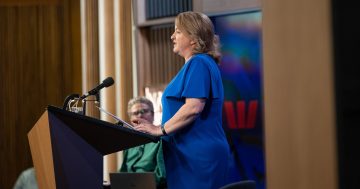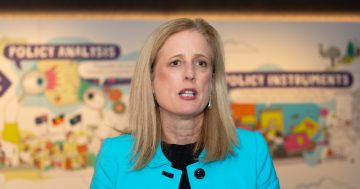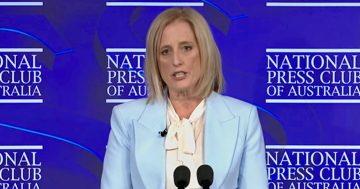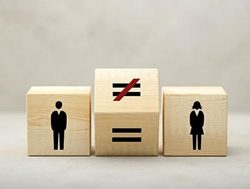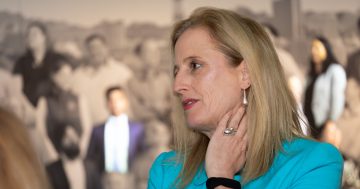Angela Priestley* presents a plan from the Australian Council of Trade Unions to make it happen.
 Cutting workplace gender inequality in half could generate an extra $111 billion every year in Australia.
Cutting workplace gender inequality in half could generate an extra $111 billion every year in Australia.
Sound like an impossible dream?
It’s not beyond imagination, according to the Australian Council of Trade Unions.
The ACTU believes it could be achievable through a number of key initiatives: such as tripling paid parental leave, addressing pay and job security in the care economy, and progressively moving towards making early childhood education and care free and accessible.
The plan was released in a policy paper on Monday in line with this week’s Jobs and Skill Summit in Canberra, with president Michele O’Neill declaring: “We can fix the skills shortage if we take action to support women to win well-paid and rewarding jobs and careers.”
“There may be no greater measure to boost national productivity and economic growth than delivering respect and equity for women at work.”
The ACTU wants paid parental leave to be increased to 52 weeks by the year 2030 and offered on a shared basis between parents, with a jump from 18 to 26 weeks to be legislated more immediately.
It wants superannuation to be paid during leave, and more incentives to encourage equal parenting and shared care.
Currently, new parents who are classified as “primary parents” and pass the employment eligibility test can receive up to 18 weeks of paid parental leave, at the national minimum wage.
Australia is now only ahead of the United States among OECD nations when it comes to what’s on offer for parents in terms of government-paid parental leave.
The ACTU’s 14 recommendations also include its push to introduce multi-employer bargaining, which it says will increase access to bargaining for feminised industries like those in the care economy.
The ACTU has outlined the $111 billion target off the idea of getting another 893,000 women into the workforce, should the participation rate reach the same as men.
They say that by getting even just half of that number into work – while also reducing the gender pay gap by half — women’s economic security, along with the national income, could be boosted by $111 billion every year.
Monday marked Equal Pay Day in Australia, noting the 60 days after the end of the financial year that women have to work in order to make up for the current 14.1 per cent gender pay gap between men and women working full time.
However the ACTU notes the figure is much higher – coming in around 30 per cent or $472 a week, if you include all of the money that men and women actually earn, including overtime and bonuses.
A slight uptick in the gender pay gap this year comes as Australia has dropped from 15th place on the Global Gender Gap index in 2006, to 43rd place in 2022.
Equal pay was addressed by Prime Minister Anthony Albanese during his address at the National Press Club on Monday, which marked his first 100 days in office.
He said the problem requires “cultural change” in addition to legislative change, which Albanese said will include a commitment to include gender pay equity in employment laws by the end of 2022.”
“After 30 years in which the gender pay gap has hardly budged, we need serious improvement in economic equality for women.”
*Angela Priestley is the Founding Editor of Women’s Agenda, and now heads up the publication’s parent company Agenda Media.
This article first appeared at womensagenda.com.au.


